Key Takeaways:
- Learn the gentle techniques to detangle your dog's matted hair without causing pain.
- Discover the right tools and products to make the detangling process easier for both you and your furry friend.
- Understand the importance of regular grooming to prevent future mats and maintain a healthy coat.
Caring for your dog involves more than just regular walks and feeding; it also includes maintaining their coat. For dog owners, dealing with matted hair can be a challenging task. Matted fur not only causes discomfort for your pet but can also lead to skin irritations and health issues. This article will guide you through the process of how to detangle matted dog hair painlessly, ensuring a happy and mat-free pup.
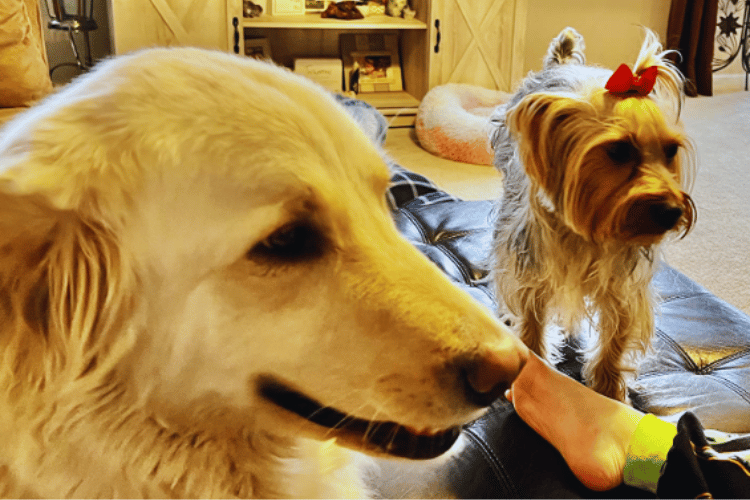
Identifying Matted Hair in Your Dog's Coat
Matted hair in dogs occurs when their fur becomes tangled and knotted close to the skin. This is common in long haired dogs and those prone to matting. It's essential to frequently brush your dog's coat to prevent mats from forming. If you find large mats or stubborn mats, it's crucial to address them promptly to avoid severe matting, which can be extremely painful for your canine friend.
The Right Tools for the Job
Before you begin the detangling process, having the right tools is vital. A slicker brush, metal comb, and undercoat rake are essential for working through small mats and preventing matting. For more challenging cases, you might need a pair of the best dog clippers designed for pet's coat care. These tools, when used correctly, can help remove mats without harming your pup's skin.
Preparing Your Dog for Detangling
The key to a painless detangling session is to ensure your dog is calm and comfortable. Gently brushing your dog regularly can help them get used to the sensation. During the detangling process, speak to your dog in a soothing tone and take breaks if necessary. This will make the experience less stressful for your fur baby.
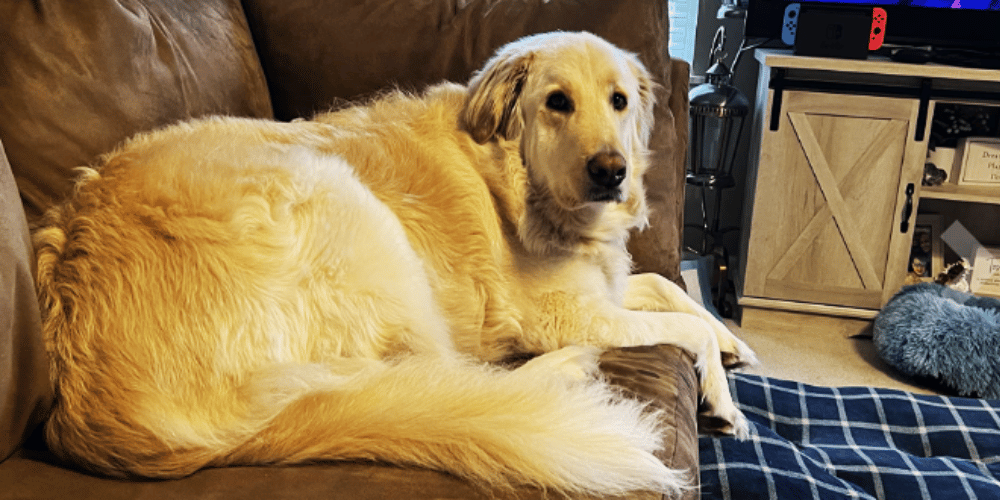
Using Detangling Sprays and Solutions
A detangling spray can be a lifesaver when working through your dog's matted fur. These sprays help to loosen the mats and make the hair easier to work with. In extreme cases, some dog owners have found that corn starch can help in loosening the matted area. However, it's essential to use these products as directed and ensure they are safe for your pet's sensitive skin.
Gentle Techniques for Removing Mats
When removing mats, it's crucial to work slowly and gently. Start by holding the base of the mat to prevent pulling on your dog's skin. Use your fingers or a metal comb to gently tease apart the mat. If the mat is too tight, you may need to carefully cut through it with clippers, taking care not to nick your pup's skin.
When to Seek Professional Help
In cases of severe matting, it's best to consult a professional groomer or a professional dog groomer. They have the experience and tools to safely remove all the mats without causing your dog discomfort. Additionally, they can provide helpful tips on regular grooming and how to prevent future mats.
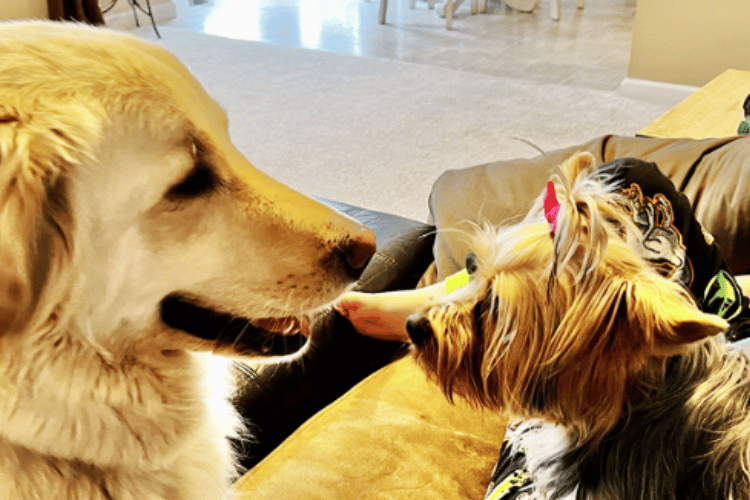
Understanding the Causes of Matting in Dog's Fur
When it comes to maintaining your fur baby's coat, understanding the root causes of matting can be incredibly helpful. Mats form when loose hairs twist and knot together, often exacerbated by your dog's movements.
For long-haired dogs, this is a common issue as their hair grows continuously and can easily become tangled. Factors such as moisture, dirt, and lack of frequent grooming can contribute to this problem. As a dog parent, recognizing these causes helps you take proactive steps to prevent mats from forming in your pet's coat.
Moreover, certain breeds are more prone to matting due to their hair type and growth patterns. For instance, dogs with fine, curly, or double coats may require more attention to keep their fur tangle-free. Regular brushing is essential, as it removes loose fur and prevents it from clumping together.
Additionally, during periods of shedding, when your dog's hair is renewing itself, extra grooming can help manage the increased amount of loose hair. Understanding these factors will guide you in establishing a grooming routine that keeps your pup's skin and coat healthy.
The Role of Regular Brushing in Maintaining a Mat-Free Coat
Regular brushing is an essential step in keeping your dog's coat mat-free and healthy. By incorporating a routine brushing schedule, you can significantly reduce the risk of mats forming in your pup's hair. For long-haired dog breeds, daily brushing is often necessary to prevent tangles and mats.
Using the right brush for your pet's coat type can make this process more effective and enjoyable for both you and your furry friend. Brushes with longer bristles are typically better for dogs with longer fur, while shorter bristles work well for shorter coats.
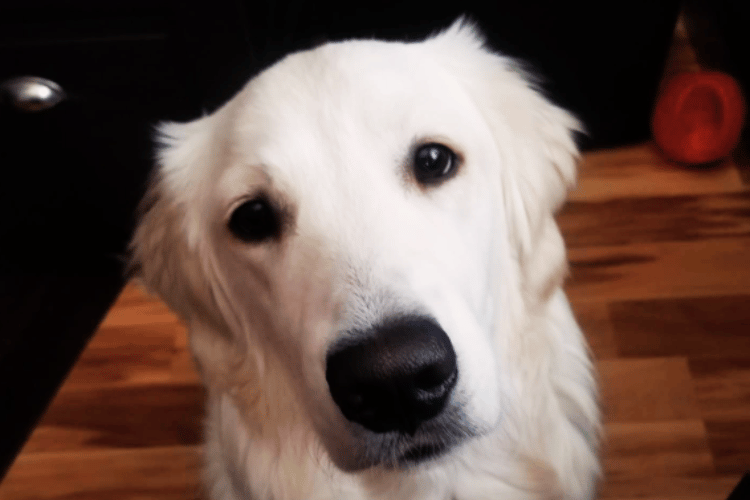
When you gently brush your dog's fur, you're not only working to prevent mats, but you're also distributing natural oils throughout your dog's coat, which helps maintain its shine and health. Brushing is a bonding activity that can be soothing for your pet, and it allows you to check for any signs of skin irritation or other issues.
For fur babies with a thick undercoat, using a de-shedding tool during brushing sessions can help remove loose hair before it has a chance to mat. Remember to always brush in the direction of hair growth to keep the experience pleasant for your pup's skin.
Tips for Bathing Your Dog to Avoid Matting
Bathing your dog plays a crucial role in maintaining a clean and tangle-free coat. However, it's important to approach bath time with care to avoid causing mats. Before bathing, make sure to gently brush out any existing tangles, as water can tighten them.
Use a dog-specific shampoo that is gentle on your dog's skin and coat, and avoid vigorous rubbing which can create tangles. Instead, massage the shampoo into your dog's fur in the direction of hair growth, and rinse thoroughly to prevent any residue build-up, which can lead to skin irritation.
After the bath, gently pat your dog's coat with a towel to remove excess water. Avoid rubbing, as this can cause the hair to mat. If you use a blow dryer, set it on a cool or low heat setting and hold it at a safe distance to prevent any heat damage to your dog's skin.
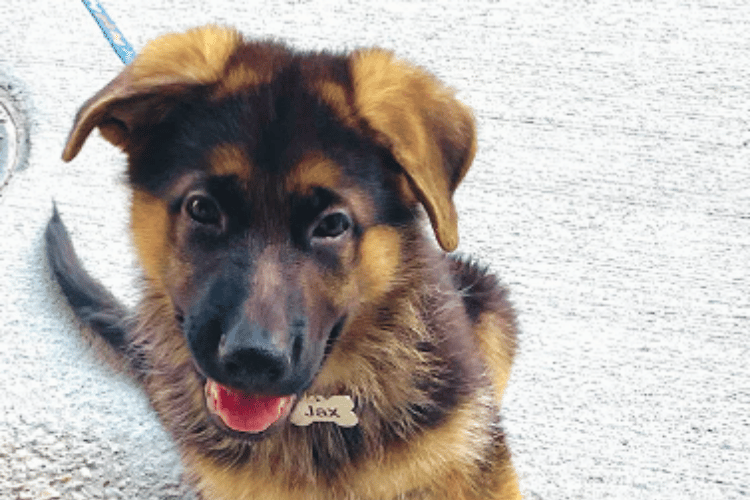
Brush mats out while the fur is still slightly damp, as this can make the process easier and less painful for your dog. For dogs with long or thick fur, consider using a leave-in conditioner or detangling spray to help keep their coat smooth and mat-free as it dries.
Selecting the Right Detangling Products for Your Dog's Coat
When it comes to keeping your dog's hair tangle-free, selecting the right products is crucial. For long-haired dogs, a detangling shampoo can make a significant difference. These shampoos are formulated to soften the dog's fur, making it easier to brush through.
Look for products with natural ingredients that are gentle on your pup's skin, as harsh chemicals can cause irritation and contribute to matting. Remember, a product that works for one dog might not work for another, so it may take some trial and error to find the perfect match for your pet's coat.
In addition to shampoos, detangling sprays are a godsend for maintaining a mat-free coat. These sprays can be used on both wet and dry fur, and they help in smoothing out the hair and adding a protective layer to prevent future tangles.
They're especially helpful for dogs that are prone to knots. Sprays that contain conditioning agents like aloe vera or oatmeal can also soothe the dog's skin while detangling. Always test a small area first to ensure your dog doesn't have an adverse reaction to the product.
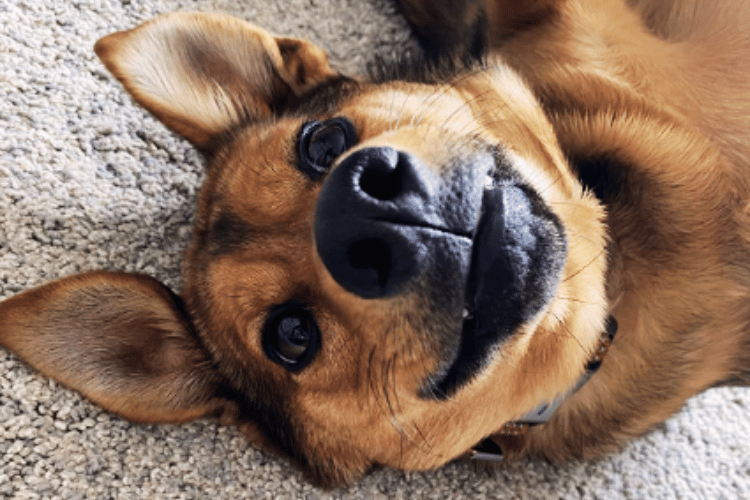
Creating a Comfortable Grooming Environment for Your Dog
Creating a comfortable grooming environment is essential for a stress-free detangling session. Start by choosing a quiet, well-lit area where your dog feels at ease. This could be a familiar room or a specific spot where they usually relax. Lay down a non-slip mat to ensure your dog's stability and comfort. This will help your dog associate grooming with positive experiences, making them less anxious and more cooperative during the process.
During grooming, speak to your dog in a calm and reassuring tone to keep them relaxed. You can also incorporate treats and praise to reward your dog for their patience. This positive reinforcement will help your dog look forward to grooming sessions rather than fear them.
Remember, the goal is to make detangling a bonding experience rather than a chore, so patience and consistency are key. Over time, your pup's hair will remain tangle-free, and their skin and coat will benefit from the gentle, loving care you provide.
The Importance of Hydration and Nutrition for a Healthy Coat
A shiny, mat-free coat isn't just about what you do on the outside; it's also about what your dog consumes. Hydration plays a crucial role in maintaining your dog's skin and fur health. Just like with our own hair, a lack of moisture can lead to dryness, which in turn makes the fur more susceptible to tangling and matting. Ensuring your dog has constant access to fresh water is a simple yet effective step towards keeping their coat in good condition.
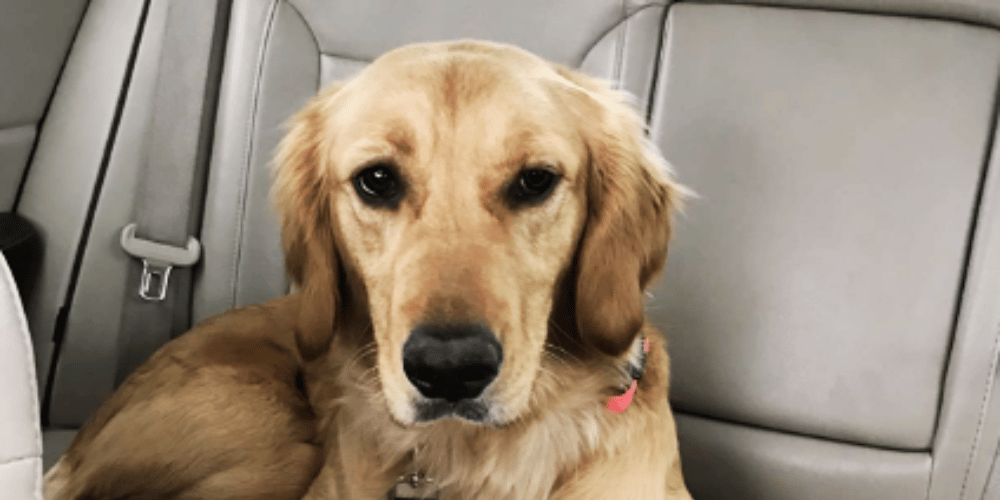
Nutrition is another key element in the battle against mats. A diet rich in essential fatty acids, particularly omega-3 and omega-6, can promote a healthy, resilient coat that's less likely to knot. Many high-quality dog foods are formulated with these nutrients to support your pet's coat health.
Additionally, supplements can be a valuable addition to your dog's diet, especially if they have specific skin and fur needs. By combining proper hydration, balanced nutrition, and regular grooming, pet parents can help their pups maintain a luscious, tangle-free coat.
Regular Grooming: The Key to a Tangle-Free Coat
Regular grooming is essential for keeping your dog's coat healthy and mat-free. Frequent brushing removes shed fur and prevents mats from forming. For dog parents, establishing a grooming routine with your pup can help maintain their coat and reduce the likelihood of matting.
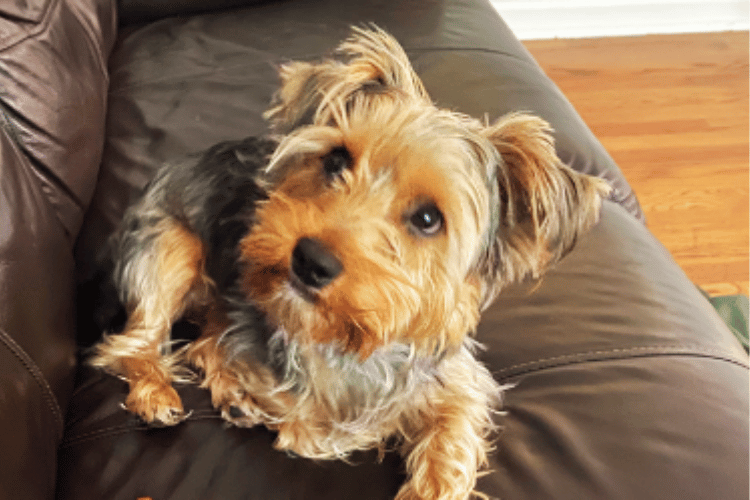
Preventing Future Mats in Your Dog's Fur
Preventing mats is easier than dealing with them once they've formed. Regular brushing, using the right tools, and keeping your dog's hair at a manageable length can all help prevent matting. Additionally, during shedding season, increase the frequency of grooming sessions to manage the extra fur.
Caring for Your Dog's Skin During Grooming
While detangling your dog's hair, it's important to be mindful of their skin. Frequent brushing can sometimes lead to skin irritations if not done carefully. Always use a gentle touch and be attentive to your dog's reactions, ensuring that the grooming process is as comfortable as possible for your pup.
The Role of Diet in Maintaining a Healthy Coat
A healthy diet plays a significant role in the condition of your dog's coat. Foods rich in omega-3 fatty acids can promote a shiny, healthy coat and reduce the likelihood of mats. Consult with your veterinarian to ensure your dog is receiving the proper nutrition for their coat health.
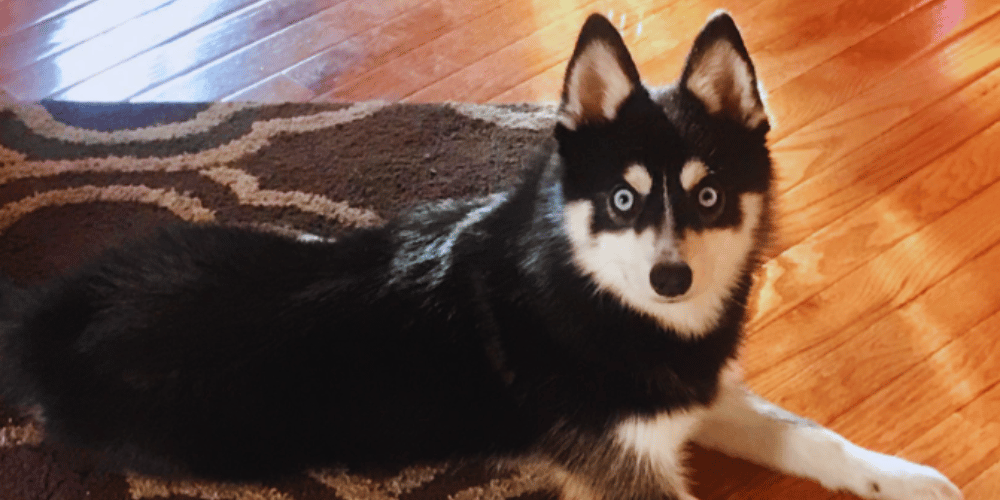
Handling Mat Removal with Patience and Care
Patience is crucial when dealing with mat removal. Rushing the process can cause discomfort and even pain for your dog. Take your time, work through each mat carefully, and always prioritize your dog's comfort. Remember, the goal is to make the experience as painless as possible for your furry friend.
Aftercare: Soothing Your Dog Post-Detangling
After successfully detangling your dog's hair, it's important to soothe their skin and coat. A gentle bath with a moisturizing dog shampoo can help to calm any skin irritations caused by the detangling process. Follow up with a conditioner to keep their coat soft and tangle-free.
Summary
Detangling matted dog hair painlessly requires patience, the right tools, and a gentle approach. By identifying mats early, using detangling sprays, and employing gentle techniques, you can remove mats without causing discomfort to your furry friend.
Regular grooming and a healthy diet are key to preventing future mats and maintaining a healthy coat. In severe cases, don't hesitate to seek help from a professional groomer. With these strategies, you can ensure that your dog remains comfortable, happy, and mat-free.
FAQ Section
How often should I brush my dog to prevent mats?
The frequency of brushing depends on your dog's breed, coat type, and tendency to develop mats. Generally, it's recommended to brush your dog several times a week, and daily during shedding season, to prevent mats from forming.
Can I use human hair products on my dog to help detangle their fur?
It's not advisable to use human hair products on dogs as their skin pH is different from ours. Always use products specifically formulated for dogs to avoid skin problems.
What should I do if my dog's mats are too tight to comb out?
If the mats are too tight and cannot be safely removed at home, it's best to take your dog to a professional groomer or veterinarian. They have the expertise and tools to remove the mats without hurting your dog.
Thank you for visiting LegitLists we hope this helps you make a legitimate choice!






